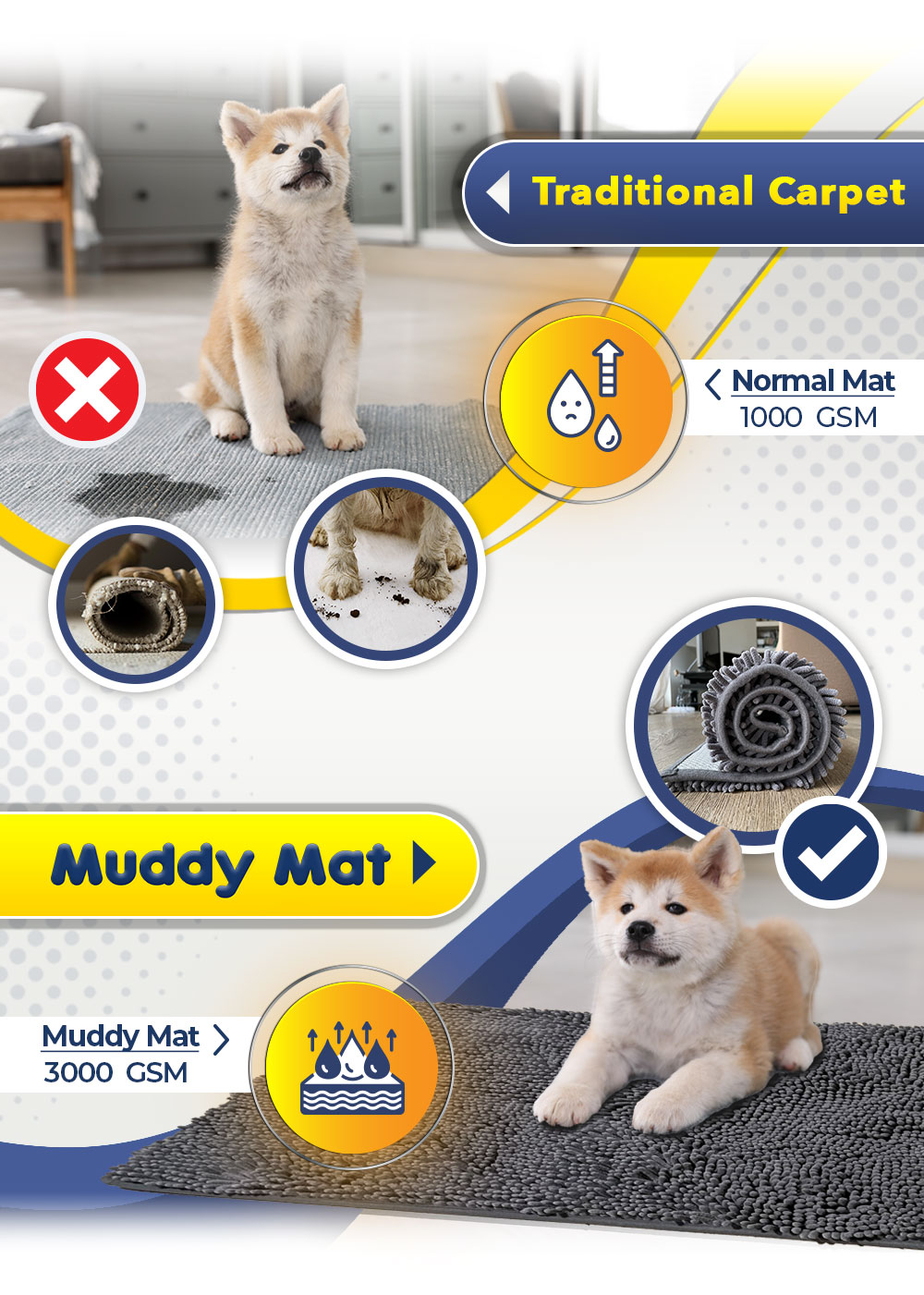Essential Tips for Ensuring Safety for Pets in Your Home and Garden
#### Understanding Safety for PetsEnsuring the safety for pets is a fundamental responsibility for pet owners. Pets, whether they are dogs, cats, or other a……
#### Understanding Safety for Pets
Ensuring the safety for pets is a fundamental responsibility for pet owners. Pets, whether they are dogs, cats, or other animals, rely on us to create a secure environment where they can thrive. Safety for pets encompasses various aspects, including physical safety, health considerations, and emotional well-being. As pet owners, we must be vigilant and proactive to prevent accidents and injuries that can occur in our homes and gardens.
#### Common Hazards in the Home
One of the first steps in ensuring safety for pets is identifying common hazards within the home. Many household items can pose risks to our furry friends. For instance, cleaning supplies, medications, and certain foods can be toxic to pets. It is crucial to store these items securely and out of reach. Additionally, small objects like coins, batteries, and rubber bands can be choking hazards. Regularly inspecting your living space for potential dangers can significantly enhance safety for pets.
#### Creating a Pet-Friendly Environment

To further promote safety for pets, creating a pet-friendly environment is essential. This includes securing heavy furniture that could tip over and ensuring that windows and balconies are safe. Installing screens can prevent pets from falling or escaping. Moreover, providing a designated space for pets to play and relax can minimize the likelihood of accidents. Soft bedding, chew toys, and scratching posts can help keep them occupied and safe.
#### Outdoor Safety Considerations
When it comes to outdoor spaces, safety for pets remains a top priority. Fencing is critical in keeping pets contained and safe from potential dangers such as traffic or wild animals. Additionally, it’s important to be aware of plants that are toxic to pets. Common garden plants like lilies, azaleas, and oleanders can be harmful if ingested. Regularly inspecting your garden for these plants and replacing them with pet-safe alternatives can help ensure a safer outdoor environment.
#### Health and Wellness

Another crucial aspect of safety for pets is their health and wellness. Regular veterinary check-ups are essential for preventing and identifying health issues early. Vaccinations, parasite control, and proper nutrition are vital components of pet health that contribute to their overall safety. Moreover, being aware of signs of distress or illness can help pet owners respond promptly to any health concerns.
#### Training and Socialization
Training and socialization play a significant role in ensuring safety for pets. Teaching basic commands such as "sit," "stay," and "come" can prevent dangerous situations, especially in public spaces. Socializing pets with other animals and people can also help them become more adaptable and less fearful, reducing the likelihood of aggressive behavior or accidents.
#### Emergency Preparedness

Finally, being prepared for emergencies is a vital aspect of safety for pets. Having a pet emergency kit that includes food, water, medications, and first aid supplies can be a lifesaver in unexpected situations. Additionally, knowing the location of nearby veterinary clinics and emergency animal hospitals can provide peace of mind.
In conclusion, ensuring safety for pets involves a comprehensive approach that includes identifying hazards, creating a safe environment, maintaining health, and being prepared for emergencies. By taking proactive steps and being mindful of our pets' needs, we can create a secure and loving home where they can flourish. Remember, a safe pet is a happy pet!